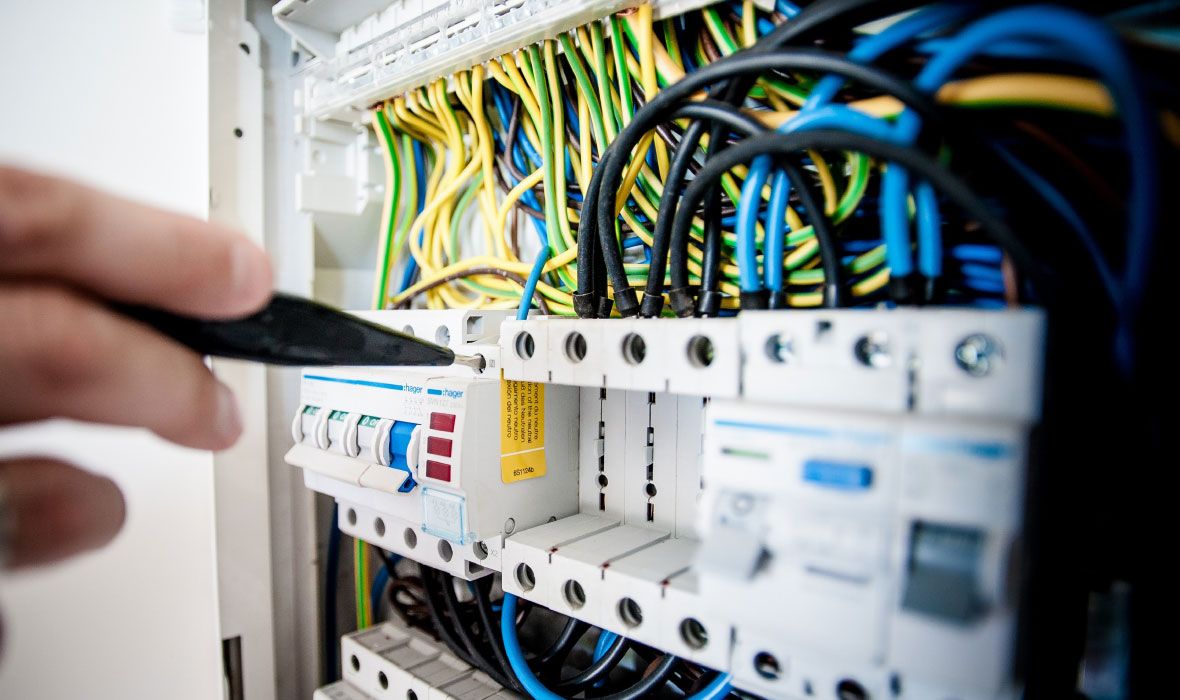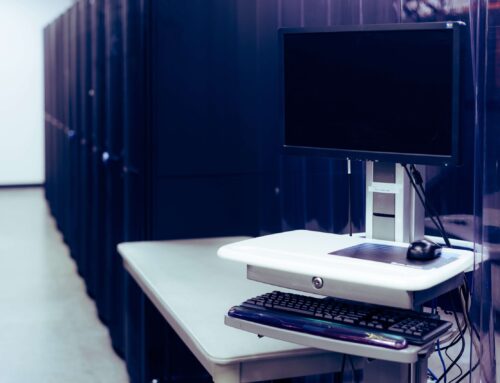Before the digitalization, most industries relied on the human task force. But with the rise in technology, everything is changing with new inventories coming up. One of the inventions that’s making work easier in most industries is the control system. Even though using the control system has got its benefits, it also has its disadvantages. One of the challenges of operating a control system is that they have a life expectancy, meaning if you don’t check on it, you’ll lose control of its functioning. It’s challenging for many industries to upgrade or introduce new inventions due to various factors like time. For this reason, most of them opt to make the control system last longer. Do you know how to do so? Read on to understand how you can help make your control systems last longer.
Have a Reliable Power Supply
For any control system to operate well, it has to have a reliable power supply. With good, clean, and dependable sources, your control system will last longer. However, unreliable power supply or brownouts can lead to your system’s components failing prematurely. Another disappointing factor is a power surge, which can damage your system. For these reasons, it’s advisable to have an uninterruptible power system to help you run your control system’s critical components. Upgrade Your Control System Given that control systems have a lifecycle, it’s good to replace the old ones. You can also opt to upgrade the software of your computers by installing the newer versions. But note that some software can’t operate in outdated control systems, so you need to buy a new one. Also, to have the latest software functions and improvements, do regular updates which you can get from your supplier. Doing regular software updates or buying new devices often is tiresome; you can opt for some tools while planning for how to go about it.
Managing Your Environment
To make your control system last longer, you need to manage the environment around it. It would help if you had control of your control system’s components’ humidity or temperature level. For example, a high temperature around the parts will reduce its lifecycle since there’s a recommended temperature. Suppose the temperatures go beyond the limits; it will be hard reducing them to the right level leading to failure of the control system. You should also check on the dust around your control system’s components since it can interfere with the cooling system. Allowing dust to accumulate on the control system will make it hard for it to eliminate heat, leading to failures.
To Be Safe;
• Create space to allow sufficient airflow for your PCs.
• Introduce cooling systems to have control of the humidity. You can also look for ways to improve airflow on the server rack cabinets by having them in environmental rooms.
• Do have control cabinets with the right spacing that’s also capable of dissipating heat.
• Don’t allow dirt or dust anywhere close to your control system. If you can’t control the room’s dust flow, have filters and do regular maintenance.
Know Your System’s Lifespan and Make Future Improvement Plans Early
When buying your control system, you have to check on its life span to know when you should do a phased replacement on software or hardware. Not knowing this information means you’relagging, and you should improve on this. If you know your control system’s expiry date beforehand, it will help plan for its upgrading in time to reduce the interruptions on production schedules.
But how do you migrate your systems path? You can get this from your vendors, who have the migration paths for almost all systems. Remember each system responds differently to the updates; some might take time to migrate since they require you to re-write the new code. But this process mostly depends on the system’s closeness to its expiry date and the tools which your supplier will use.
But then it’s difficult to determine your control system’s fate since anything can happen with them. Your computer, hardware, or OS can stop working, frustrating the plans you had. To be safe, virtualize to make your control system last longer. Virtualization will also make your system flexible since you can operate from different hardware in case of downtime. You can also make plans to have thin clients act as a backup on the hardware you did replace. Combining it with virtualization will help you improve your control system’s lifespan since it’s an independent OS.
Check on The Network
The main thing that’s capable of keeping any control system operational is the network. Remember to control the information it has to move from the processor to the server, which requires a reliable network. Ethernet is currently taking charge of most systems since the valve banks or drives need a good network source.
Know how to maintain the control system
For your control system to last, you need to have tips on maintaining it throughout its life cycle to become more reliable and continue operating. Knowing the ways of keeping the control system will help in meeting the demands of time, production schedules, and manufacturing
Opt for Virtualization
You can help your control system last longer by virtualizing the old system. Doing this will give you time to look for the best lasting solution. However, it can only work if your control hardware is in good shape and you only require a way of working on the issues in the HMI PC. This can mean a scenario where you’re using RSView32 on windows XP.
Do Partial Replacement
You should replace the old control system to make it last longer, but you can also do it in phases. You can achieve this by replacing the hardware and managing both old and new control systems using the latest HMI software until you’ll have a complete upgrade. With this, you’ll reduce the vulnerability on your outdated computer’s hardware with legacy platforms.
Conclusion
Having a good operational control system increases your productivity level and save on operating cost. But then you have to find ways of making it last longer. To achieve this, know how to do regular maintenance, have a reliable source of power, and check on your environment. You can also upgrade or virtualize your system.



